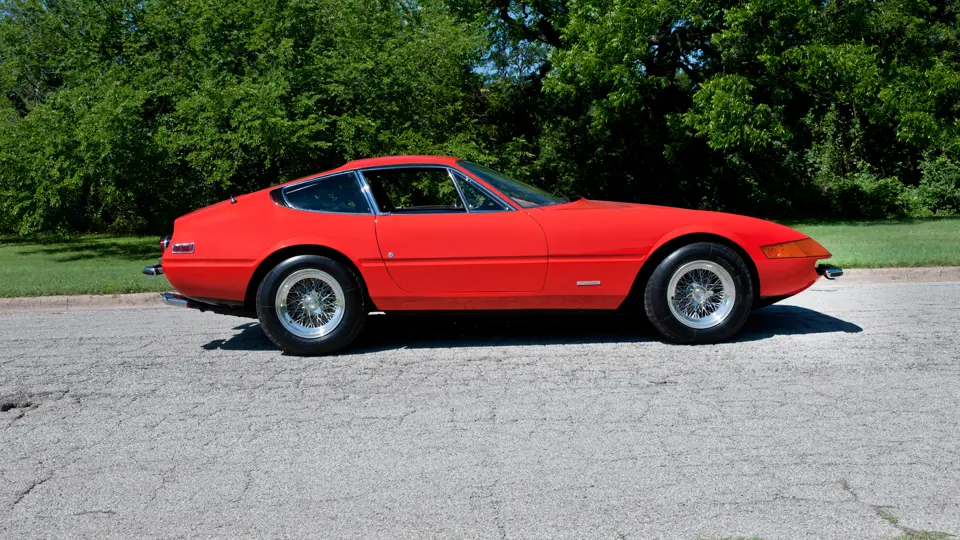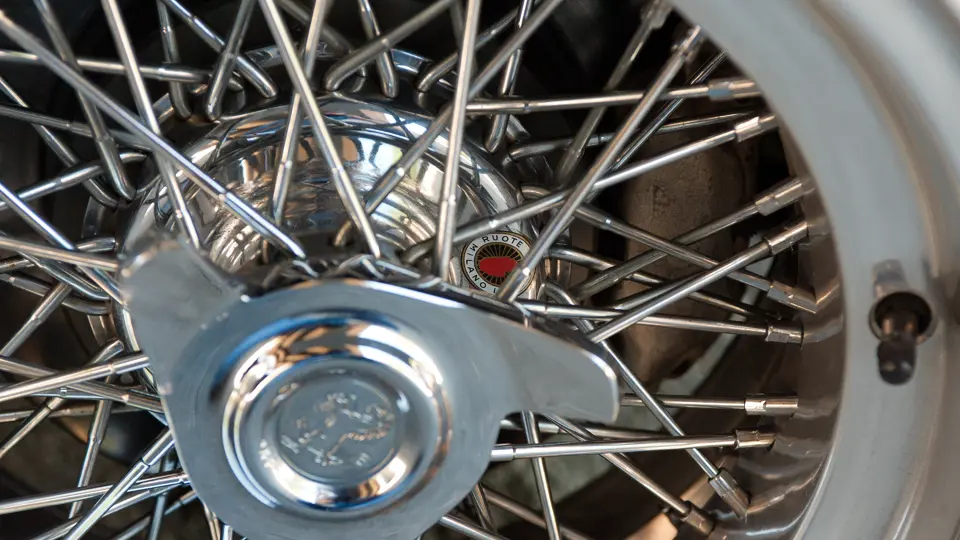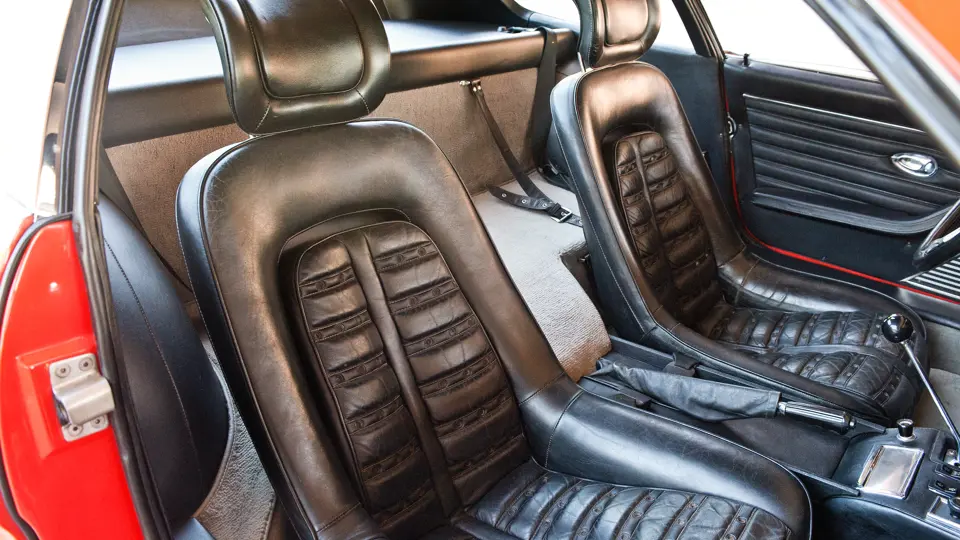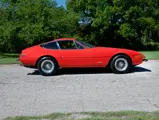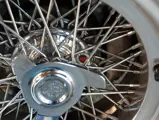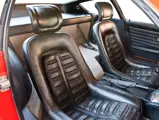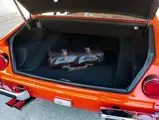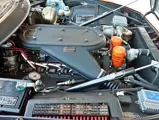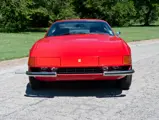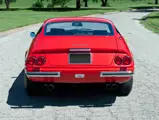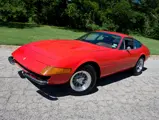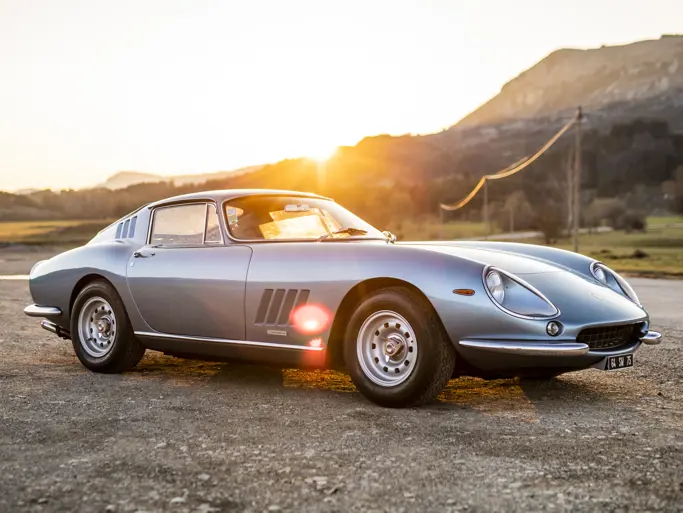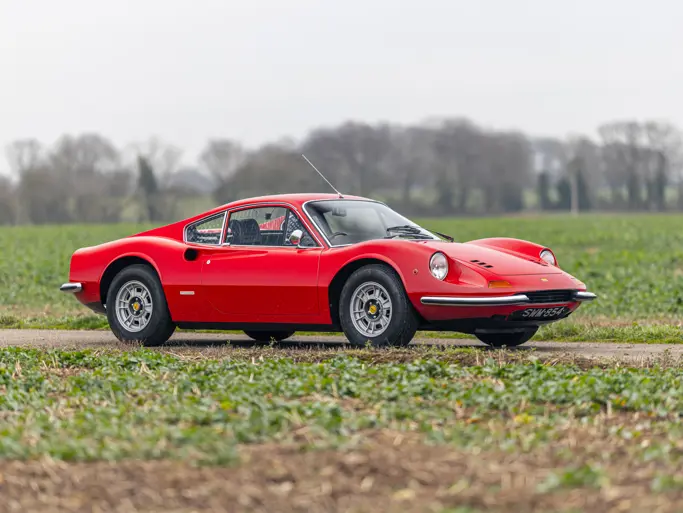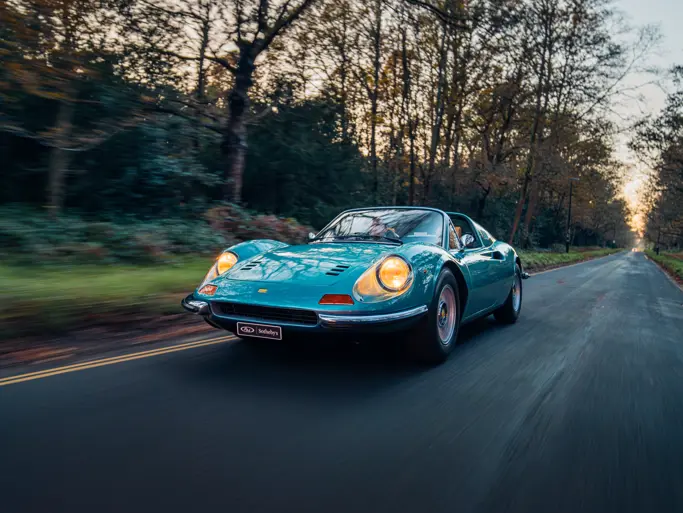352 hp, 4,390 cc DOHC V-12 engine, six Weber 40DCN17 carburetors, five-speed manual transaxle, independent front and rear suspension by coil springs and wishbones, four-wheel hydraulic disc brakes. Wheelbase: 94.5"
- Only 6,391 miles from new; three owners, the last for 26 years
- Original tool roll, original books with leather pouch
- Air conditioned, Becker Mexico radio
The Ferrari 365 GTB/4 acquired its Daytona name while still a prototype, after the model swept the 1967 race of the same name 1-2-3. The Daytona proved its namesake 12 years later when an elderly 1973 model finished second at Daytona in 1979, driven by John Morton and Tony Adamowitz, capping an extraordinary competition career.
The Daytona is the ultimate expression of the front-engine V-12 Ferrari and illustrates Enzo’s dictum that “the horse does not push the cart, it pulls.” The Daytona’s exaggerated hood practically places the driver between the back wheels, and the whole effect is agreed to be the best work Pininfarina did in years, leaner and more aggressive than even the 275.
The Daytona had a tube steel frame, and the body featured a horizontal body-side crease below the level of the wheel wells. Early models had full-width plastic headlight covers, but US regulations rejected covered lights, and the solution was the elegant pop-up lights which were fitted to all the cars from 1970 onwards. The Kamm tail contained two taillights on each side, and aluminum was used for the doors, hood and trunk-lid, while Cromodora five-spoke wheels were standard and similar to wheels used on Formula 1 cars at the time.
Daytona 365 GTB/4 prices rose from $19,500 to $23,940 through the model’s five-year production run, while one of the 121 Spyders would cost about $2,000 more. But the Daytona’s mechanical specifications delivered on its claim to be the fastest production sports car in the world, with a top speed of 174 mph. The four-cam Colombo V-12 engine displaced 4.3-liters and generated 352 horsepower. Road & Track’s Dean Batchelor photographed an indicated 180 mph at a flat-out 7,000 rpm, and even when the speed was calculated, it still came out to 173 mph.
The Daytona was introduced at the Paris Salon in 1968. One of the first ringing endorsements came from Le Mans winner for Ferrari and lifetime auto journalist Paul Frere. He reported 176 mph in Autostrada traffic in 1969 and observed dryly that the radio was useless above 120 mph. Still, as he said, “If you go faster, it’s the engine that makes the music, the finest music of all to the ears of the enthusiast and the music he can enjoy in a well-sprung car, fitted with such amenities as electric window lifters, air conditioning and a really capacious luggage locker – a Grand Touring car par excellence.”
The 365 GTB/4 Daytona was a fitting end to an era. Fewer changes were made to the Daytona than to previous models, which might be explained by the fact that the car was pretty much correct at conception. The most notable change was the pop-up headlights that were fitted after 1970 to accommodate the US ban on covered headlights.
Moreover, the Daytonas acquitted themselves very well in competition. Competition Daytonas won the Tour de France in 1972, their class at Le Mans in 1973 and 1974 and their class at Daytona in 1973 and 1975. In fact the 1973 Le Mans class-winning Charles Pozzi entry, s/n 16363, driven by Vic Elford and Claude Ballot-Lena, was driven back to Paris following the race – proving the Daytona’s remarkable reliability. Finally, at an age when it shouldn’t have been possible, a 365 GTB/4 was second overall at Daytona in 1979.
The car on offer today has excellent history and much to be admired. S/n 16539 was built June 1, 1973 in Rosso Dino 20-R-350 with Pelle Nero VM8500 leather interior. It was delivered new to the Canadian importer Luigi della Grotta.
In the succeeding 38 years, s/n 16539 has covered a mere 6,391 miles in the hands of three owners, the last of whom has owned it for more than 26 years. In that time it has been kept in climate-controlled conditions in a Texas collection but has been regularly exercised and is reported to be mechanically sound. It rides on Borrani wire wheels and comes with its original tool roll and books with the leather pouch. The car is fitted with air-conditioning and a Becker Mexico radio and is described as very correct.
While a superbly restored Ferrari Daytona is a remarkable and desirable supercar – still with outstanding performance and handling characteristics – an original, well-maintained example has an irresistible cachet. Any car can be restored but it’s only original once. S/n 16539 must be viewed as a perfect choice for the most discerning collector.




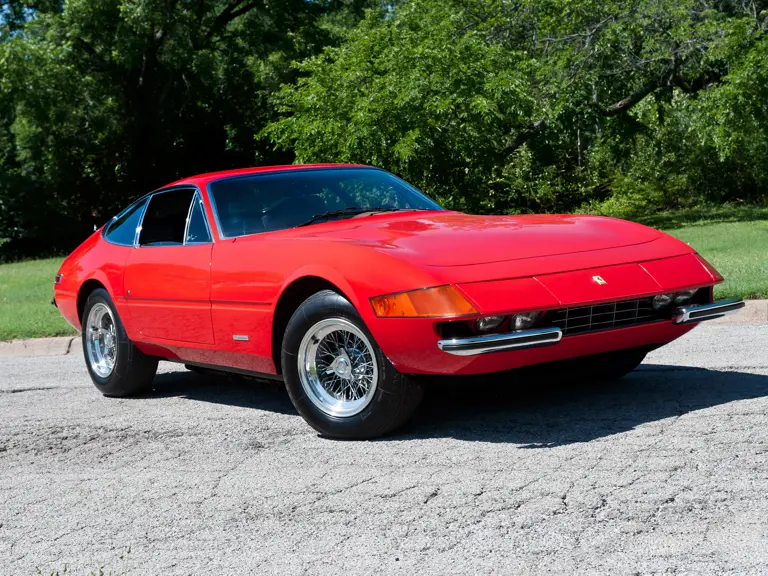
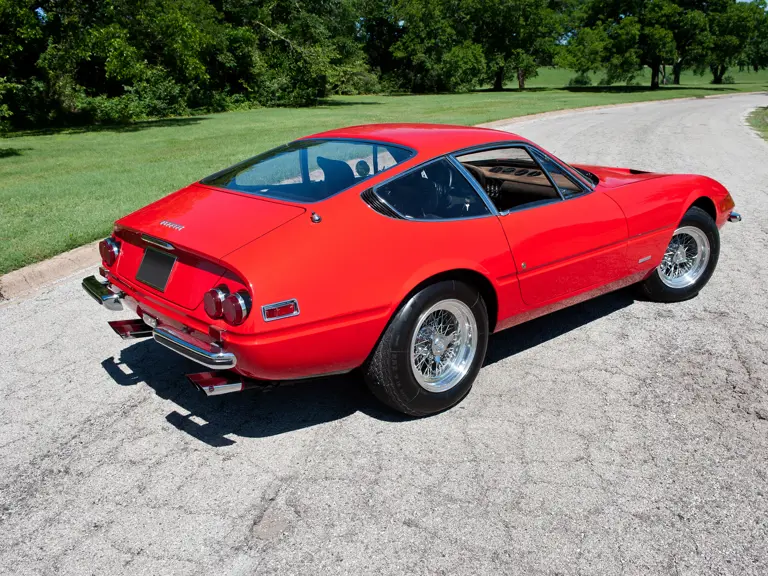
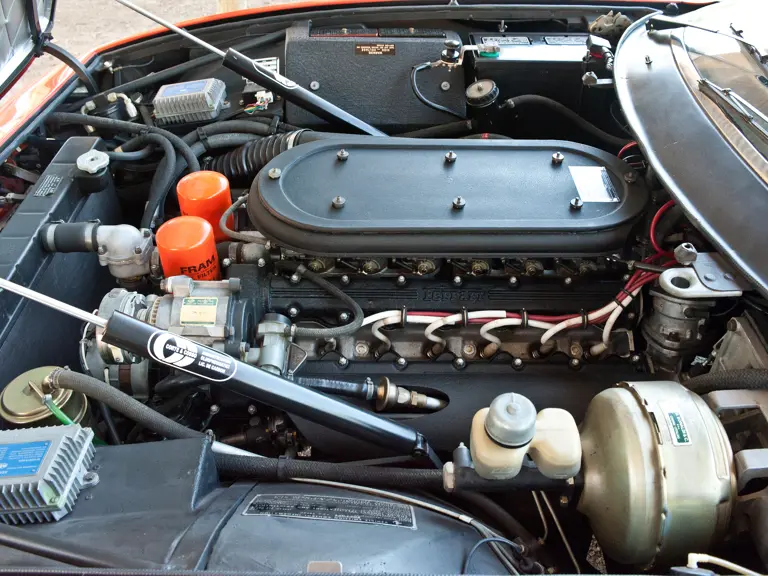
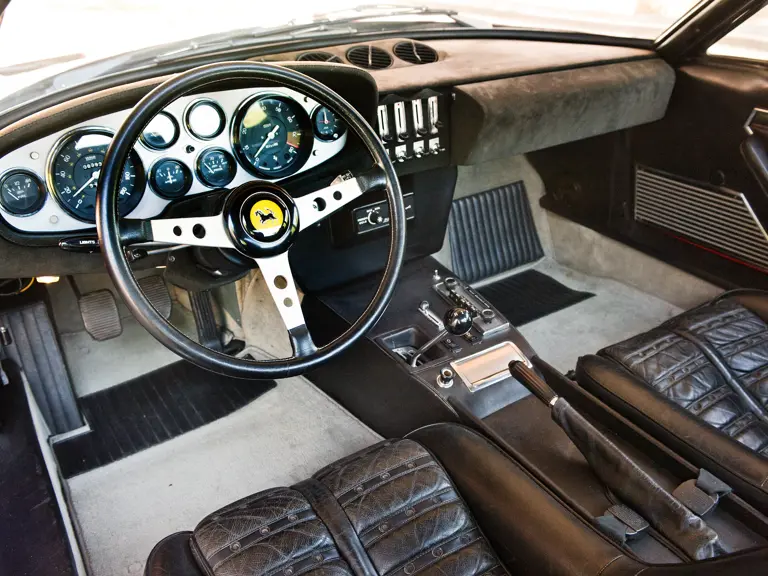


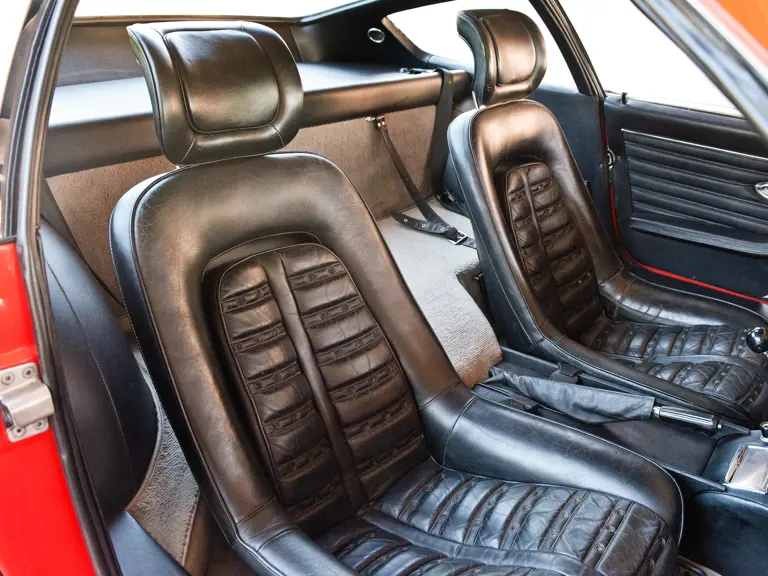
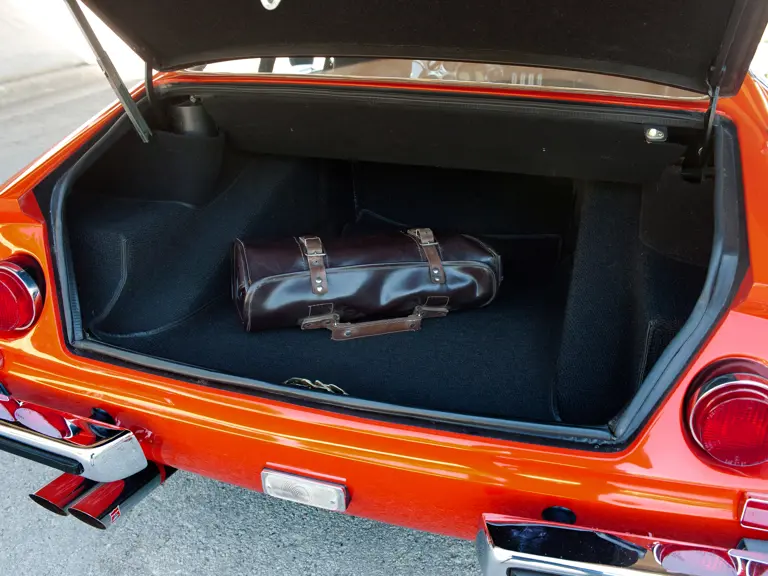
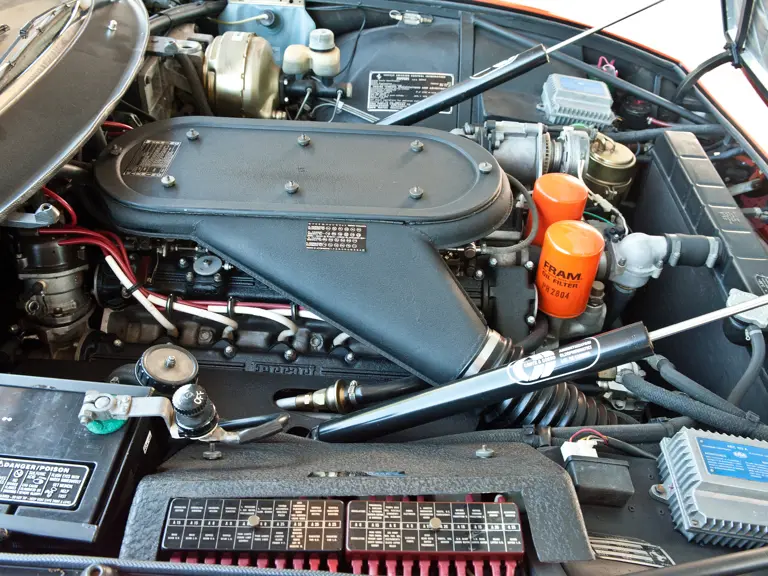
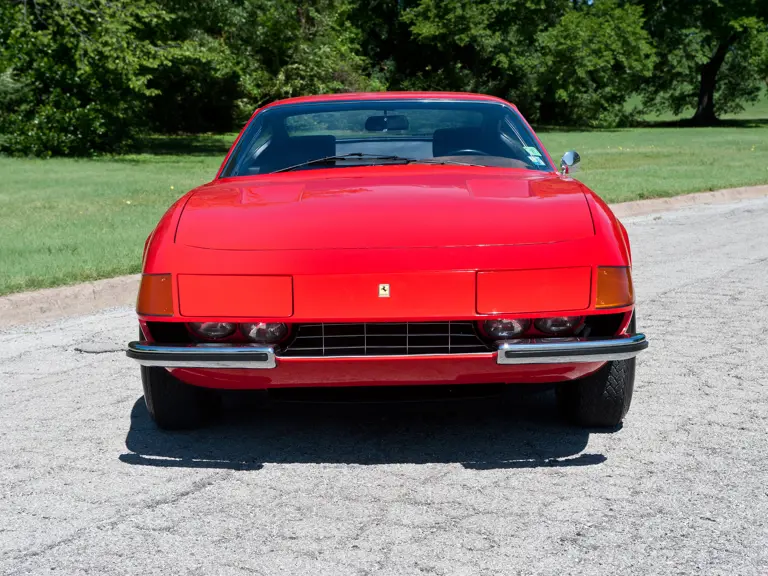
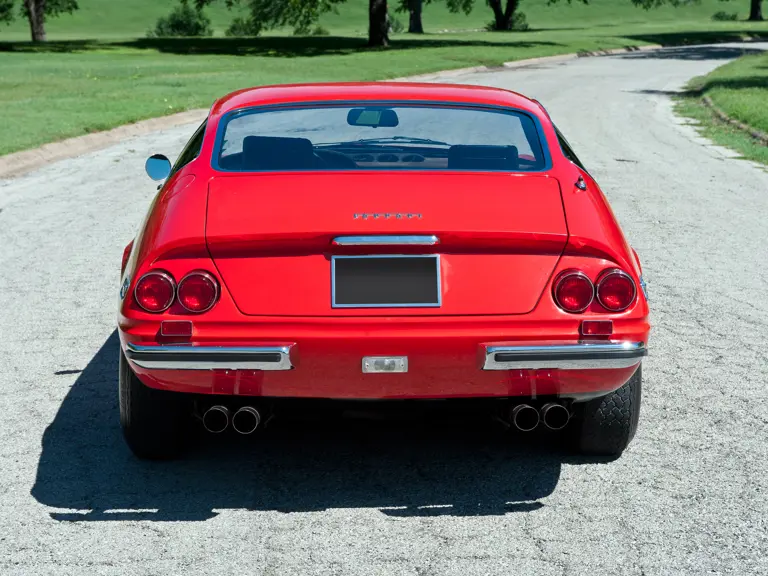
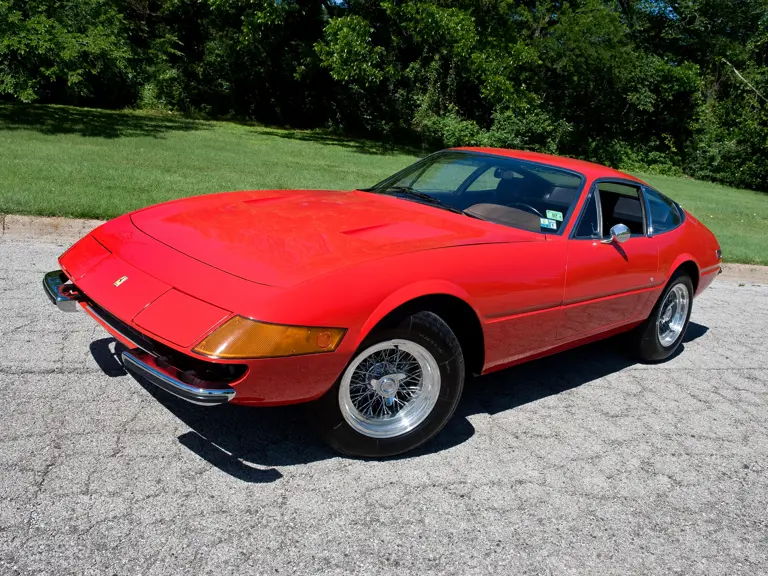
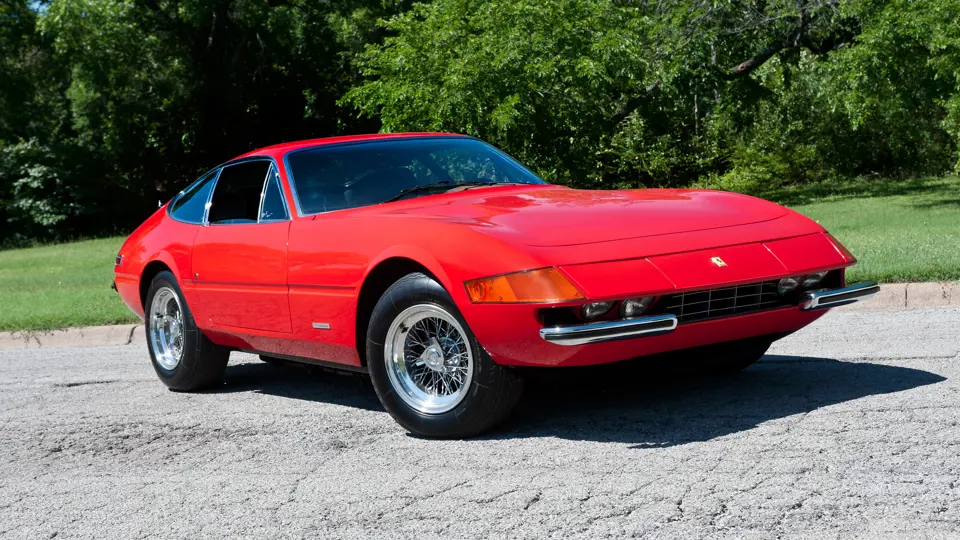
 | Monterey, California
| Monterey, California
